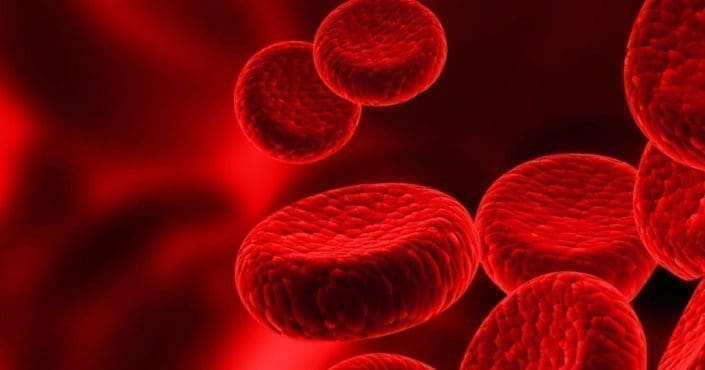Blood Too Thick to Draw for Diagnosis

What is polycythemia vera?
Polycythemia vera (PV) is a rare disease that causes your body to make too many red blood cells. Your blood may become too thick. This causes serious health problems. PV increases the risk of abnormal blood clots, which could lead to a heart attack or stroke. This disease occurs most often in people who are 60 years old or older.
Symptoms of polycythemia vera
In its early stages, PV usually doesn't cause any symptoms. As the disease progresses, symptoms include:
- Shortness of breath
- Dizziness
- Itchy or flushed skin
- Fatigue
- Headaches
- A tingling or burning sensation in the hands and feet
What causes polycythemia vera?
PV begins in the bone marrow. Bone marrow is the soft tissue inside bones that makes blood cells. When bone marrow makes too many red blood cells, the result is PV.
How is polycythemia vera diagnosed?
If you have symptoms of PV, your doctor may examine you and order blood tests. Sometimes the disease may be found by accident when you have blood work done for another reason. Your doctor will want you to see a hematologist (a doctor who treats blood disorders) to make the diagnosis. If they suspect you may have PV, you may need to have a bone marrow biopsy. This is when a small part of your bone marrow is removed and examined for signs of PV.
Can polycythemia vera be prevented or avoided?
PV can't be prevented or avoided.
Polycythemia vera treatment
There is no single treatment for PV. Doctors adjust the treatment for each patient. Treatment may include a phlebotomy. In this treatment, some of your blood is removed to help keep the number of red blood cells down and lower the risk of blood clots. Treatment may also include a medicine that keeps the bone marrow from making too many red blood cells or to help reduce the risk of blood clots. Doctors can also treat the itchy skin and burning pain that you may experience.
Living with polycythemia vera
PV is a serious illness that can cause death, especially if it's not treated. There is currently no cure for PV. However, there are some lifestyle adjustments that may make your symptoms feel better.
- If your doctor says you can, try to get moderate exercise several times a week. This can keep your blood flowing freely and decrease the risk of blood clots.
- Avoid tobacco products. These can make the inside of your blood vessels become narrow. That can cause blood clots to form and lead to a heart attack or stroke.
- Keep it cool when bathing. Your skin may feel worse after a hot bath or shower, so opt for a cool one. Use a gentle soap and pat your skin dry afterward.
- Drink plenty of water.
With treatments, people who have the disease can live longer lives, many for a normal lifespan. Treatments and regular monitoring from your doctor are an important part of living with PV.
Questions to ask your doctor
- I've been diagnosed with polycythemia vera. Am I at risk of a stroke?
- What causes polycythemia vera?
- What is the treatment for polycythemia vera?
- Can polycythemia vera be cured?
- How can I prevent complications of polycythemia vera?
- How can I ease the symptoms of polycythemia vera?
![]()
Copyright © American Academy of Family Physicians
This information provides a general overview and may not apply to everyone. Talk to your family doctor to find out if this information applies to you and to get more information on this subject.
Blood Too Thick to Draw for Diagnosis
Source: https://familydoctor.org/condition/polycythemia-vera/
0 Response to "Blood Too Thick to Draw for Diagnosis"
Postar um comentário